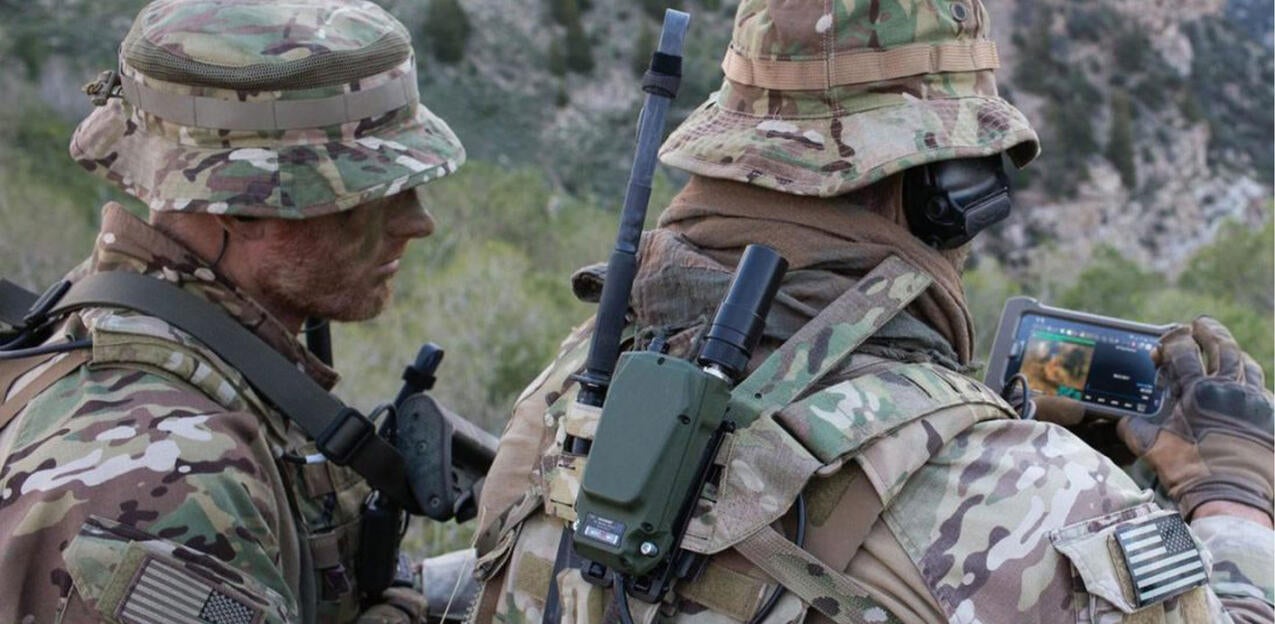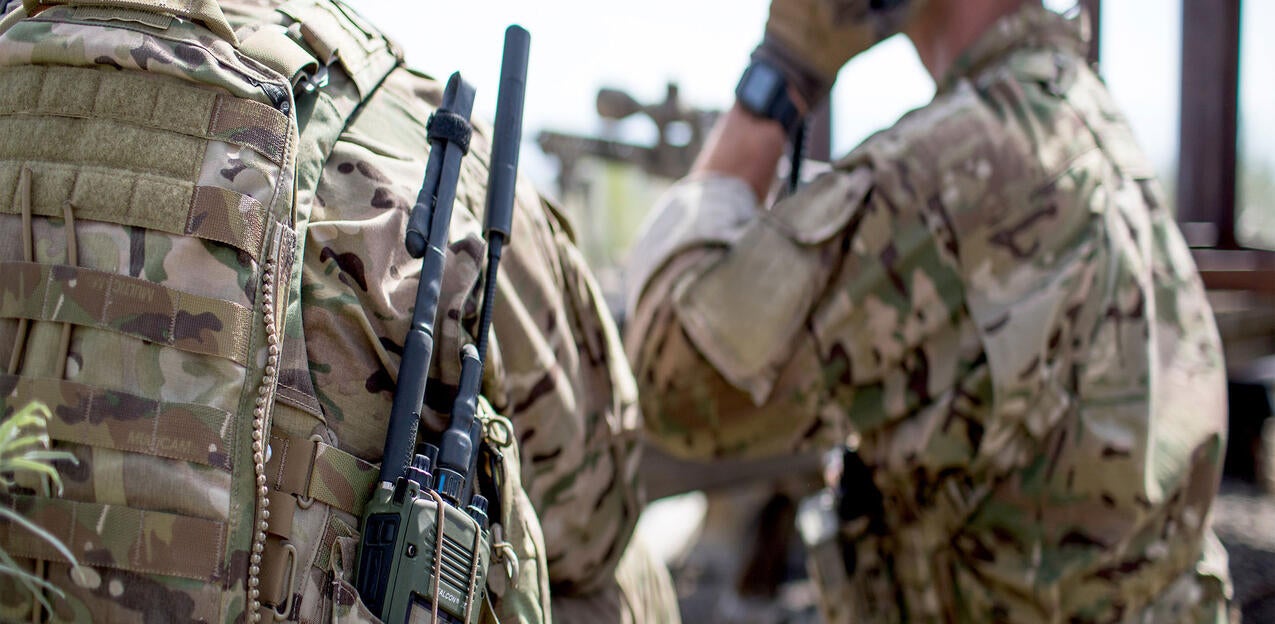SOF commands within NATO and the “Five Eyes” community are seeking to maintain interoperability with USSOCOM partner forces; meanwhile, L3Harris continues to develop the manpack variants of the AN/PRC-167 NGTC, also contracted to USSOCOM.
Company officials said the new dual-channel manpack was planned to be unveiled to the market at the SOF Industry Conference in May 2020. However, SOFIC was canceled due to the COVID-19 pandemic and was changed to a virtual conference. L3Harris described the new technology as a “game changer” for USSOCOM force components.
The Polish Special Operations Component Command (POL SOCC) received four Sikorsky S-70i Black Hawk helicopters in December 2019 as it seeks to maintain similar levels of interoperability with its USSOCOM partners.
Industry sources associated with the POL SOCC said the organization is seeking to upgrade the airframe’s communications solution with L3Harris SDR technology to ensure interoperability with the remainder of POL SOCC’s communications devices, as well as U.S. and international SOF partners. According to Poland’s Defense Minister Mariusz Blaszczak, the procurement of the airframes will “ensure interoperability with the rapid reaction forces of NATO.”
SOF commands, including the Swiss Special Forces Command (KSK) – which is in the process of upgrading force elements with a variety of SDR solutions – continue to upgrade their communications capabilities.
Maj. Marco Dâmaso, system portfolio manager for special units, Swiss Armed Forces, Armed Forces Planning, said the KSK is interested in the capability to run battle management system software as well as capacity to support navigation in C2-denied or -degraded environments. A competition will be initiated in 2021, with program completion by 2025.
Additionally, active-duty units within the KSK, which include the Army Reconnaissance Detachment 10 and Military Police Special Detachment Unit, are expected to evaluate MANET High Data Rate personal radios with the aim to “increase connectivity and allow potential new capabilities” in the future.
Dâmaso also highlighted the interception and deception of tactical communications by Russian armed forces operating in Ukraine as well as demand signals to support urban operations in contested environments. “Today, there are several solutions to enable the tactical non-GNSS [Global Navigation Satellite System] navigation and localization through inertial, RF [radio frequency]-based and smartphone-based solutions,” he said.
Finally, the threat of Low Probability of Intercept/Detection by peer adversaries across the contemporary operating environment continues to drive a resurgence in High Frequency (HF) throughout the SOF community, which is driving some NATO forces to continue to pursue requirements for such a capability that is harder to disrupt and comprises a low-cost alternative to Satellite Communications (SATCOM).
“Special operations forces around the world continue to invest in HF communications,” Kroon said. “HF radios are now smaller and faster than previous generations. With innovations in the areas of resiliency and wideband data, HF offers more flexibility to the SOF community than ever. HF can support the backhaul link as well as intel from the edge."
"These new innovations, combined with modern encryption algorithms and backward-compatibility with legacy HF systems, are driving many SOF organizations to modernize their HF fleet,” he added. “Concerns about SATCOM-denied environments also drive many users to HF. HF nets have no single point of failure, and that’s the flexibility that SOF communicators require.”
As USSOCOM and international SOF partners continue to urgently predict and equip for an uncertain future operating environment, the importance of secure, resilient and flexible tactical communications looks set to remain a priority for commanders moving forward – especially given that they are a “gateway” to the enabling of next-generation capabilities, including Augmented Reality and Artificial Intelligence/machine learning-assisted decision-making.
TrellisWare and TSM™ and/or TSM-X™ are trademarks or registered trademarks of TrellisWare Technologies, Inc. in the United States and other countries.



![“We are seeing the convergence of ISR and tactical communications solutions into a single tactical communications ensemble on the operators. MANET [waveforms] are gaining momentum and extending tactical IP networks to the edge; every operator can be equipped with a radio and an end user device.”](/sites/default/files/styles/1275_x_624/public/2020-10/editorial-10-10-20-oscar-mic-check-slide-in-b-2550x1248.jpg?itok=3CK4nWXO)